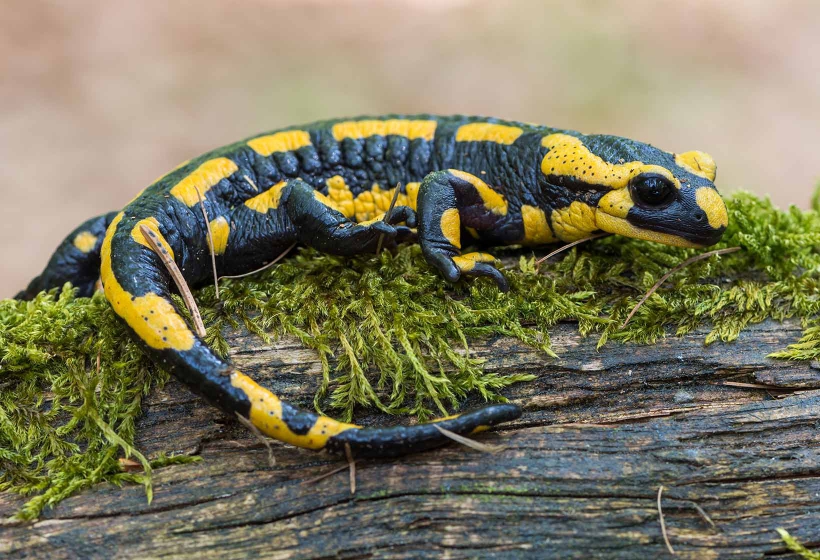Despite what people think, cities are increasingly becoming a place filled with a diverse and distinctive fauna that is naturally installed right next to our doors.
Urban centers are no longer an unique and exclusive place of people. The lakes, the gardens and even the buildings themselves function so a great variety of species of fauna or of flora can install and develop.
A wide variety of creatures ranging from birds and mammals to reptiles and amphibians has learned to take advantage of what some places in the city have to offer. Places like building tops are a good place to create a nest for some bird species, reptiles wander among the vast network of pipes in the cities among many other examples.
There are many opportunities to integrate and most times we don’t even notice them. Modern cities may have few natural charms compared to the primitive cities of 12,000 years ago, but nevertheless they have become an important center for a big number of animal and plant species, they are even considered as complete ecosystems and where biodiversity relates not only to itself but to the surrounding environment as well.
There are many factors that led these animal species to settle in urban centers and make them their home, the abundance of food resulting from the organic waste produced by the people, a much smaller number of predators, a great abundance of shelters (ex. : roofs, abandoned houses, trees, etc.) and the most favorable climatic conditions, especially with regard to temperature, since the cities function as a "heat island" being on average 1,5 ° above the values outside urban areas . In some extreme cases this adaptation has been so successful that they can no longer survive without the presence of the human being, like well-known domestic sparrows.
 |
| Pardal-doméstico. Foto: Reino Animalia |
However, not everything can be positive. The average life expectancy of an animal in the city is lower, which is only surpassed by the fact that the fertility is quite high, which allows to maintain a certain stability in the numbers of animals of the species. There are several factors that explain this low life expectancy such as air pollution, too much noise, trampling, among others.
In the city of Porto, in places such as the City Park, it is possible to find species of birds such as barn-swallows, cartaxos, coots, waterfowl, winches, gray herons and even rangers, is a list which extends according to the time of year and which value Invicta. Other species such as the gaio, owl-towers and the Galician owl can be observed in the area of Jardim de Serralves.
 |
| Mocho galego. Foto: Recursos Educativos |
As far as amphibians are concerned, once again the City Park and also the Botanical Garden are the "home" of species such as the common toad, the green frog, the yellow-spotted salamander and even the common toad.
 |
| Salamandra de pintas amarelas. Foto: Oceanário de Lisboa |
In the field of mammals, although in a smaller number due to the significant expansion of concrete, it is still possible to find species such as the mole, the big-eared shrew, and even the hedgehog in small gardens.
| Ouriço-cacheiro. Foto: Naturlink |

Comments
Post a Comment